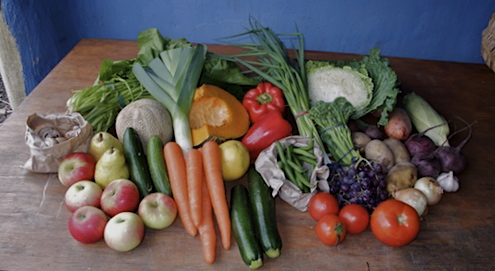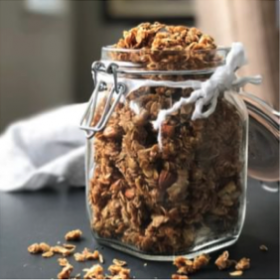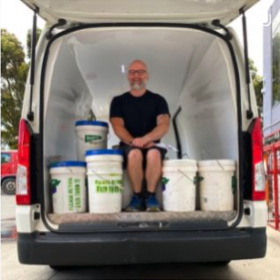Food prices have been going up for some time now. According to OECD data Australia has the highest food price inflation in the western world and for the first time, Australia is now importing more fruit and veg than it exports. The reasons for this are many: global demand has pushed up prices as populations increase, severe and prolonged drought locally has lead to shortages, demand for oil is increasing whilst production is decreasing and the loss of biodiversity as our land becomes infertile due to unsustainable farming has caused widespread soil erosion, salinity and depletion of water resources.
Australians are spending nearly 20 percent of their weekly household budget on food and the promise of cheap abundant food is diminishing rapidly. Most of us are well aware of the problems, however this isn’t the whole story. Unfortunately food prices are hugely inflated by retailers and middle men. According to the The National Farmers Federation, “producers receive as little as 5 per cent of the price paid by consumers”. The duopoly of Coles and Woolworths enjoy a 87% share of the grocery market allowing them to dictate pricing to producers and inflate retail prices at will.
Meanwhile, what does this mean for many of us who want to eat organic but are already finding it increasingly unaffordable? The organic industry is not immune to these price fluctuations and to make matters worse many organic retailers (including Coles and Woolworths), already charge a substantial “premium on organics over that of conventionally grown produce”, they are somewhere between an 80 and 100 percent more expensive, reports a recent study by IFOAM, see ‘The World of Organic Agriculture – Statistics and Emerging Trends 2009’.
There are a number of reasons why organic produce is priced higher than conventional. Those most often cited are: higher production costs for lower yields, the cost of converting land to organic, dedicated processing, storage and distribution chains. However this doesn’t seem to justify the margin that is added to organic produce between leaving the farm gate and arriving at our local organic grocery store. Interestingly, researchers have observed “that price premiums are largely driven by what stores are able to charge and the kind of clientele they serve” further suggesting “that high premiums are being charged to a clientele with a disproportionately high willingness to pay more due to high-income levels or lifestyle preferences.” In other words, retailers are adding extra margin because they can get away with it and are marketing to people who can afford it. Organics in Australia have been promoted as some sort of luxury, only easily accessible to those who can afford to pay the premium.
Now the good news…One of our goals at CERES Food Connect is to reduce this cost burden, so that most families can afford organics. How do we do this? By growing our own produce, reducing the amount we buy through wholesalers and working directly with local Farmers (who we pay a fair price and in some occasions ahead of season). We see access to safe, healthy food as a right for everyone and because CERES is a non-profit organisation, we can focus more on social objectives rather than solely on the bottom line. Fair food for all..
Doron Francis – CERES Food Connect





